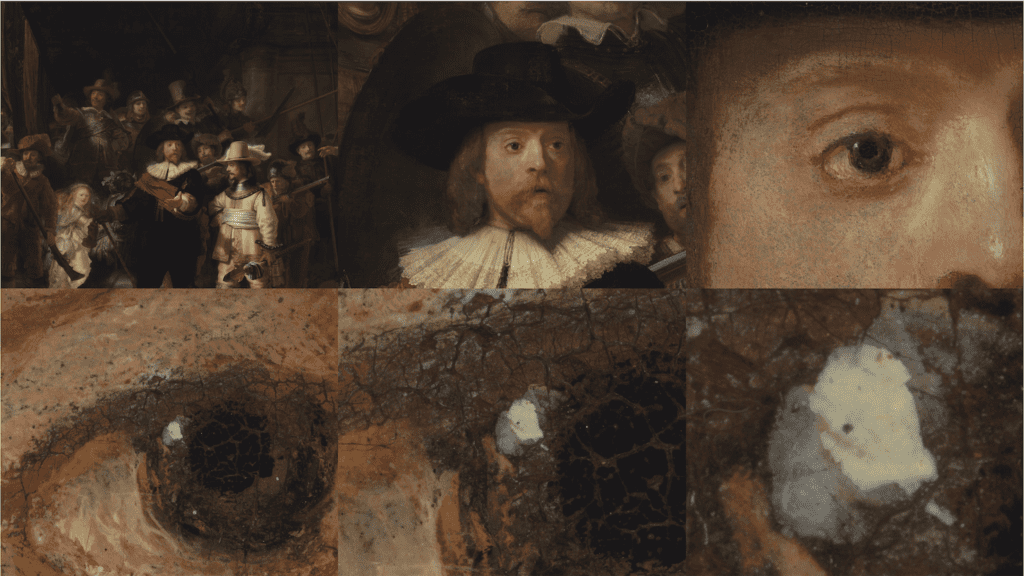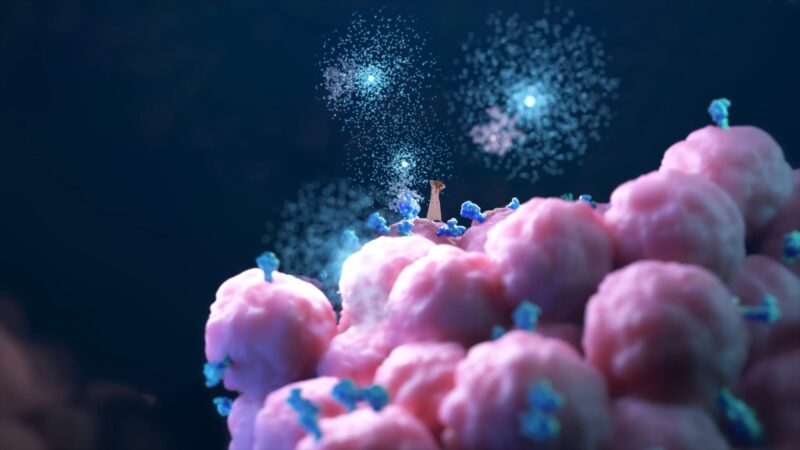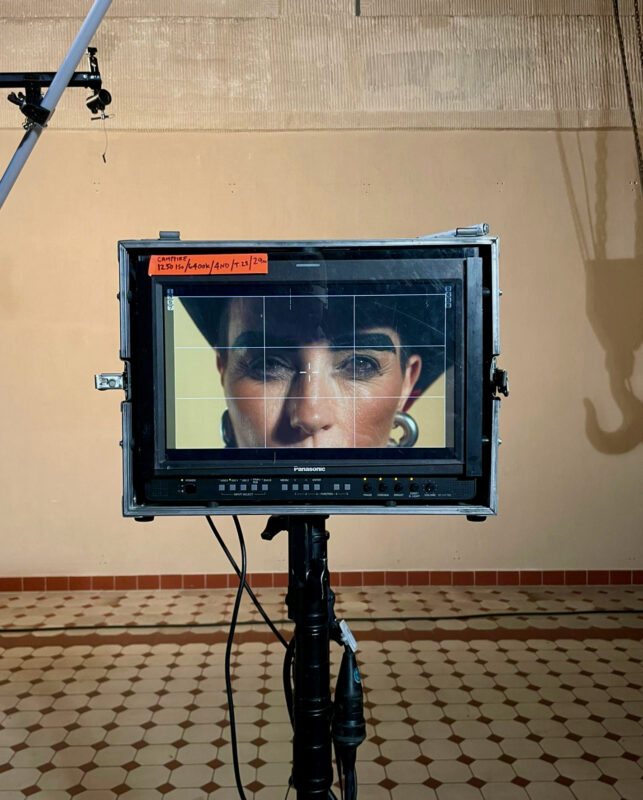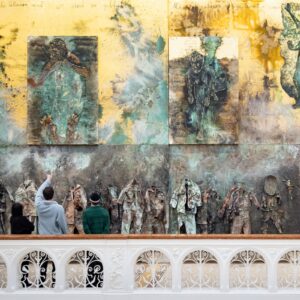The Operation Night Watch research team of the Rijksmuseum, the national museum of the Netherlands, has succeeded in creating an extremely detailed photograph of The Night Watch by Rembrandt. This 717 gigapixel image is available for viewing from today on the Rijksmuseum website HERE. It is the largest and most detailed photograph of any artwork and is four times sharper than the previous high-definition photograph of The Night Watch, which the Rijksmuseum published around 18 months ago. This means it is now possible to zoom in even further on minute, pin-sharp particles of pigment in The Night Watch. The photograph was made as part of the research conducted by Operation Night Watch.

The researchers working on Operation Night Watch have once again succeeded in pushing the limits of what was thought possible. This exceptional achievement will make the work on The Night Watch significantly easier. January 2022 will see the start of the conservation phase of Operation Night Watch. The front of the painting will not be visible for a short time, but thanks to this image the public will continue to be able to admire Rembrandt’s masterpiece in the minutest detail.
– Taco Dibbits, General Director of the Rijksmuseum
This photograph of The Night Watch has a resolution of 717 gigapixels, or 717,000,000,000 pixels, making it the largest-ever digital image of an artwork. Each pixel represents an area of 5 micrometres or 0.005mm square, and the complete composite image is made up of 8,430 individual photographs measuring 5.5cm x 4.1cm. Artificial intelligence was used to stitch these smaller photographs together to form the final large image, with a total file size of 5.6 terabytes.
Making this image has been a great challenge. There were many people who thought it was impossible, and who thought the Operation Night Watch team were crazy to even attempt it. We have surpassed ourselves in what can justifiably be described as a world-class achievement.
– Robert Erdmann, senior scientist at the Rijksmuseum.
Four times as sharp
This image is four times as sharp as the photograph of The Night Watch that the Rijksmuseum released on its website in May 2020. That picture was 44.8 gigapixels in size, with each pixel representing an area of 20 micrometres or 0.02mm square. This new image is enabling the scientists involved in Operation Night Watch to study the painting remotely in even greater detail. It will also make it possible to track future ageing processes with even greater accuracy. This photograph is so sharp that neural networks can now be used to rapidlydetect similar pigment particles or identify the lead soaps, for example, something that was not possible using the previous photograph.
Depth of field
The depth of field for each individual photograph was just 125 micrometres, or 0.125mm. To ensure that each image was in focus, it was necessary to first scan the surface of the painting using lasers and very accurately calibrate the camera. After each photograph was taken, a neural network was used to check the image for colour and sharpness.
Conservation begins
The second phase of Operation Night Watch starts on 19 January 2022, when the first procedures will be be carried out on the painting itself. The first task will be to mount The Night Watch on a new stretcher. This is necessary because of the ‘deformities’ in the canvas, particularly the clearly visible ripples in the upper left corner. While this issue does require immediate attention, it is easily remedied and will not impact on the future of the painting. After this, we will take a step-by-step approach to considering whether other conservation treatments should be conducted.
Operation Night Watch
Operation Night Watch is the biggest and most wide-ranging research and restoration project in the history of Rembrandt’s masterpiece. Its goal is to conserve the painting for the future in the most optimal way possible. Work started in summer 2019, and takes place in a specially designed, transparent glass chamber, making it possible for the visiting public to follow the process. Operation Night Watch takes advantage of the newest and most advanced research technologies and techniques available, and involves collaborations with experts from AkzoNobel – the Rijksmuseum’s main partner for Operation Night Watch – as well as museums, universities, university hospitals and research organisations in the Netherlands and abroad.
The 717 Gigapixel image is available to view: HERE







